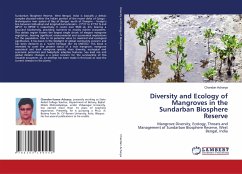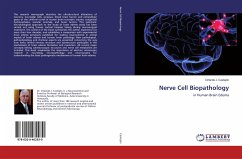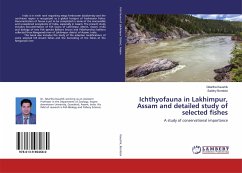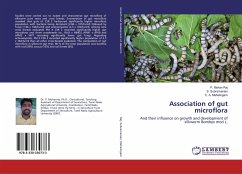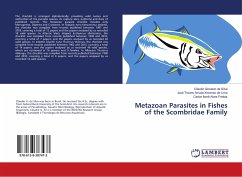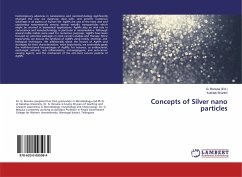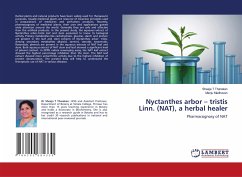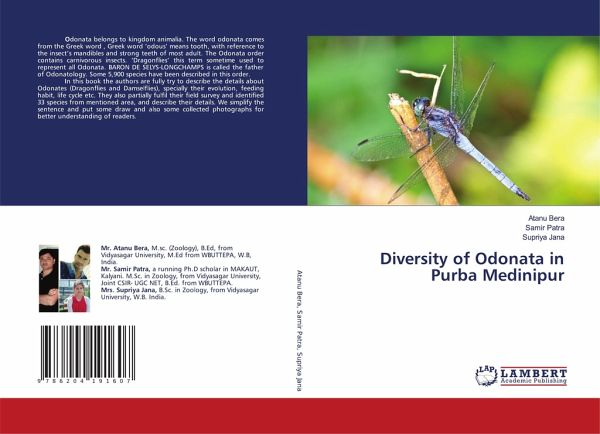
Diversity of Odonata in Purba Medinipur
Versandkostenfrei!
Versandfertig in 1-2 Wochen
41,99 €
inkl. MwSt.

PAYBACK Punkte
21 °P sammeln!
Odonata belongs to kingdom animalia. The word odonata comes from the Greek word , Greek word 'odous' means tooth, with reference to the insect's mandibles and strong teeth of most adult. The Odonata order contains carnivorous insects. 'Dragonflies' this term sometime used to represent all Odonata. BARON DE SELYS-LONGCHAMPS is called the father of Odonatology. Some 5,900 species have been described in this order. In this book the authors are fully try to describe the details about Odonates (Dragonflies and Damselflies), specially their evolution, feeding habit, life cycle etc. They also partial...
Odonata belongs to kingdom animalia. The word odonata comes from the Greek word , Greek word 'odous' means tooth, with reference to the insect's mandibles and strong teeth of most adult. The Odonata order contains carnivorous insects. 'Dragonflies' this term sometime used to represent all Odonata. BARON DE SELYS-LONGCHAMPS is called the father of Odonatology. Some 5,900 species have been described in this order. In this book the authors are fully try to describe the details about Odonates (Dragonflies and Damselflies), specially their evolution, feeding habit, life cycle etc. They also partially fulfil their field survey and identified 33 species from mentioned area, and describe their details. We simplify the sentence and put some draw and also some collected photographs for better understanding of readers.




